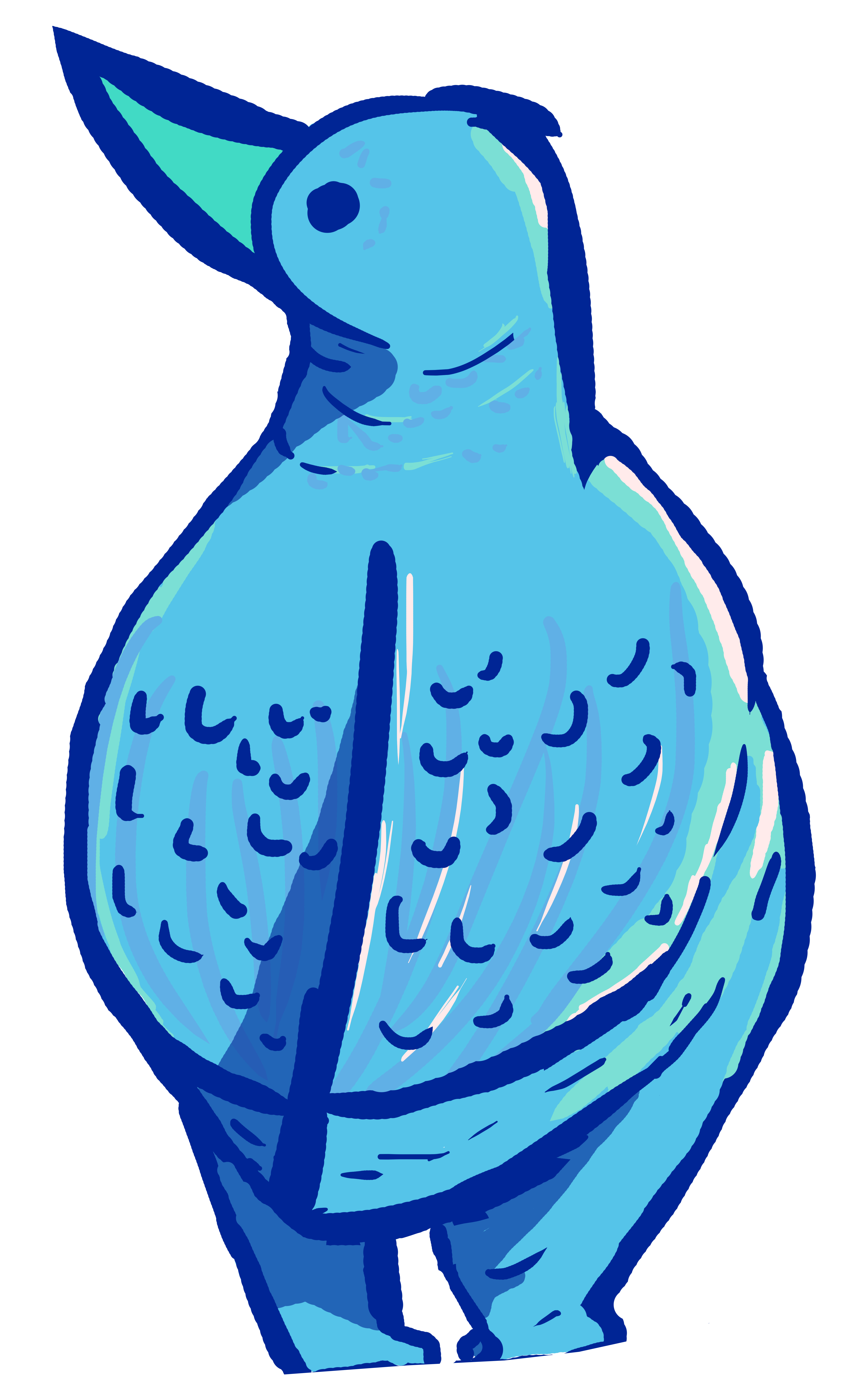

What separates fan art from “real art”? Undoubtedly, there is a hierarchy of artistic skill that allows a piece to be considered “a work of art.” Should fan art be considered real art?
Art, as defined by the Merriam-Webster dictionary, can be a “skill acquired by experience, study, or observation,” “an occupation requiring knowledge or skill,” or “the conscious use of skill and creative imagination, especially in the production of aesthetic objects.”
The definition has also been updated to exclude the idea of ‘skill’ by stating art as a creation that the creator intends to share. It is generally accepted that art is comprised of three general concepts: representation, expression, and form.
…fan art? Before I lose you, what kind of art are you thinking of? The kind of fan art that portrays an homage to its source, or the kind that is marked NSFW?
In this essay, I am leaving the raunchier side of fan art out of the discussion…even though there are copious amounts of famous pieces that can also be considered NSFW.
The most common answer is: yes in technicality, but no realistically. Meaning, fan art is a physically made product reflecting aspects correlated to the idea of “art,” but socially they are not considered actual works of art.
Common disputes against fan art as real art are:
While these disputes may have merit in some cases, other disputes only focus on a certain type of fan art.
Many famous pieces of art have the same characters or tell similar stories. For instance, during the Byzantine and Renaissance era of art, many subjects and stories were based on figures or characters from Christian and/or Pagan mythologies.
The ancient Romans valued antiquity, and appreciated ancient Greek art. So most ancient Roman art pieces, both written and drawn, were imitations of Greek art. These imitations expressed the artists’ knowledge of historic art and culture. Just like Raphael and Leonardo Da Vinci had workshops full of apprentices training to imitate their art, today, media provides a workshop-like environment where apprentices train to imitate media they enjoy.
Does this detract or eliminate them as works of art? No! These paintings are in museums, protected, and acclaimed for their value, level of execution, and beauty.
The degree of originality of the content within the piece is not the only consideration when deeming it worthy of the term “art.”
Style, execution, form, color theory, flow, balance, visual hierarchy, and harmony are all important elements in what makes created content into “art”.
Another argument against fan art is how it affects the original content. Most people might see reimagining or recreating other people’s art as stealing or demeaning to the originator. It is like holding a sign that says, “The original sucks, so I am changing it!”
But for those in the fan world, making fan content can be like an homage, fondness, or a retelling separate from the original content. In an article published in 2013, Marjorie Cohee Manifold shares a conversation she had with an experienced fan artist and fan-fiction writer named Heather. Manifold wanted context on how fans regard fan content. Heather responded, “We take…characters and put them in our own imagined worlds. It’s the ultimate ‘what if’” (2013). The way Heather describes fan-made works implies that there is a disconnect between the fan-made creation and the original content. Meaning that the fan content is a possible occurrence in an alternate universe, or another trajectory the author could have taken.
Fan art can be the “ultimate ‘what if,’” but can also be the ultimate homage. Historically, artists liked to draw their muses or create representations of their sources of inspiration. Just like how artists from the past would recreate people or places they loved, artists today recreate or reimagine characters or fictional places they love.
The largest hindrance against fan art is legality. In the U.S., the usage of fan art is limited by copyright law. I have to specify ‘in the U.S.’ because in many other countries, there is more freedom with using ‘repeat characters’.
I am in favor of artistic integrity and citing sources. Fan art should be clearly identified. The character(s) and its original media should be referenced.
If legality is the real problem, many other pieces officially recognized as art should be taken down based on their legal status, and other pieces should be rejected as art because of their infringement on previous artist’s work.
Leonardo Da Vinci did illegal autopsies to study anatomy: Should his art be revoked?
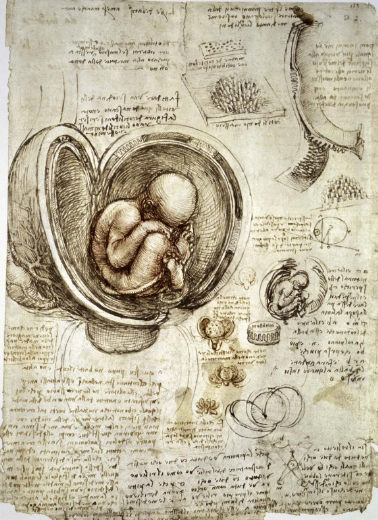
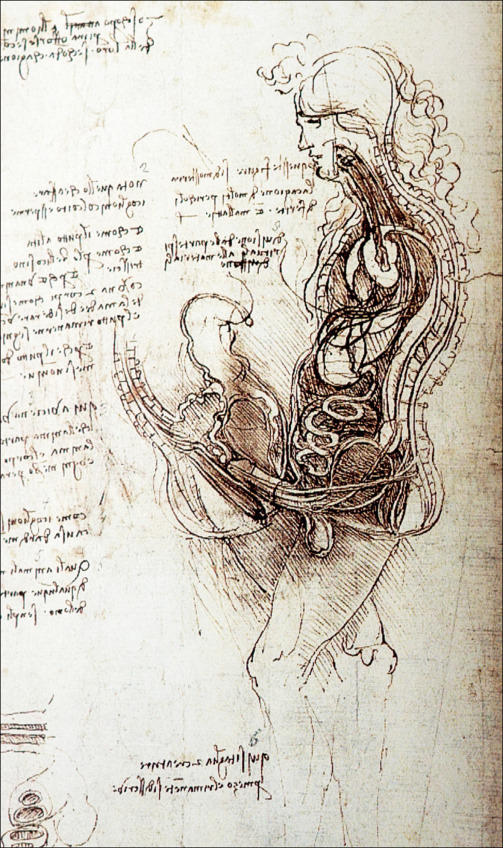
About ten years after Sofonisba Anguissola painted Princess of Éboli, Alonso Sánchez Coello painted the same image, with different fashion, with the same title as Anguissola’s. Should Coello’s version be disqualified as a piece of art?
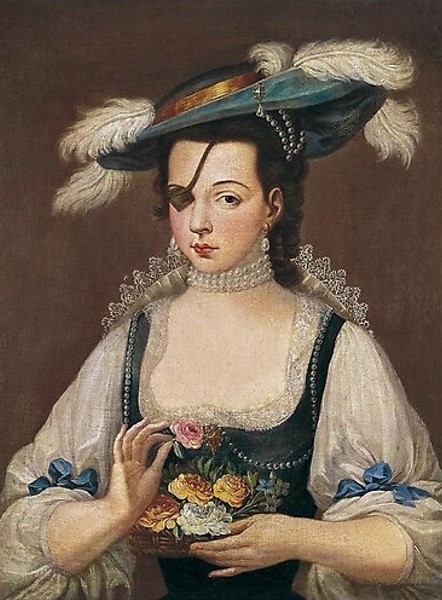
Sofonisba Anguissola, 1565
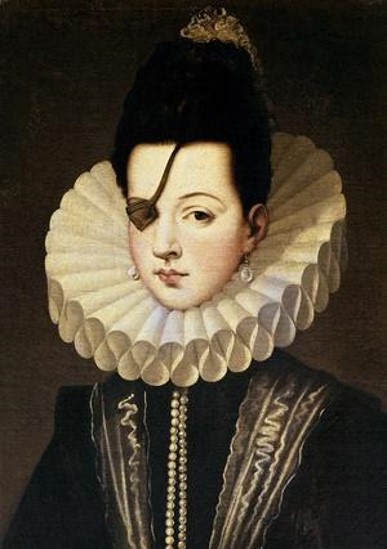
Alonso Sánchez Coello, 1575
There are many examples of art that is in violation of the laws we hold art to today. These are just two examples in order to be concise. The point is that, today there are a lot of restrictions on art and its qualities when it is about fan art, but when it is about ‘real art’ those same rules do not apply.
This argument only refers to art that children or young adults make. Yes, some fan art can be badly executed. However, every artist starts somewhere. Today, Michelangelo and Leonardo Da Vinci’s sketches and unofficial pieces are considered art even though not all of their sketches and practice pages are great works of art. The point of practice pages is to be imperfect, incomplete, and educational to the artist.
Two sketches by Michelangelo

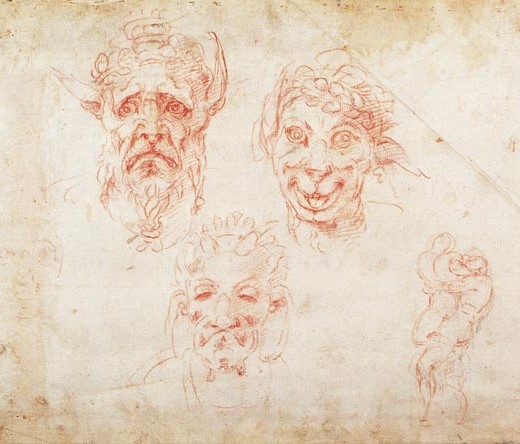
Two sketches by Leonardo Da Vinci


There are many popular adult artists who draw fan art. They use fan art to practice and to give their audience an idea of who they are as an artist and as individuals by showing what they like. Another aspect of art creation that fan art helps with is artist’s block. Artist’s block is when an artist cannot seem to make a piece that they think is executed well. In order to combat this mental block, they might draw art of an established character to get back their appreciation and confidence.
“Doing new stuff is hard. And sometimes it gets you…in your own head and then it’s like a downward spiral of like feeling bad and not wanting to do art.” – Julia Lepetit, Drawfee: Professional Artists Draw Fan Art of Their Favorite Media (2021)
This seems to relate to the previously mentioned objection about fan art being made by younger folk. Most young artists make fan art in order to practice drawing, so of course it will not be as well done. But we all start somewhere because not everyone was born with the inherent ability to draw. There is as much bad fan art as there is bad ‘real’ art.
Artistic ability is like a muscle, it needs to be exercised. Practice is very important in order to excel. It is also easier to practice form and execution when the subject matter is designed for you. Manifold (2013) supports this description by stating:
“Critiques of these works would attend to skillful and appropriate uses of elements and principles of design within scenic frames and as appropriate to generic conventions… This should not be seen as diluting the focus of art education from visual to literary products, but should be recognized as an enrichment of art education by allowing a flow of influences across disciplinary boundaries of sensual experiences.”
This is another fair objection. In an artistic setting, most artists do not want their art to cause their audience to cringe from second-hand embarrassment. But remember, even good art can be cringy and even original art can be cringy. I have made art that looks good and is well executed, but causes me to cringe because I can see my inexperience. Many great artists from multiple types of media will publish or make something they deem as cringy.
There is also a recent trend, as of 2019, of artists remaking famous art pieces but with influences from modern media. These pieces are well-crafted and well-executed, and these pieces draw structure and inspiration from acclaimed works of art.
Do these works of fan art cause you to cringe?
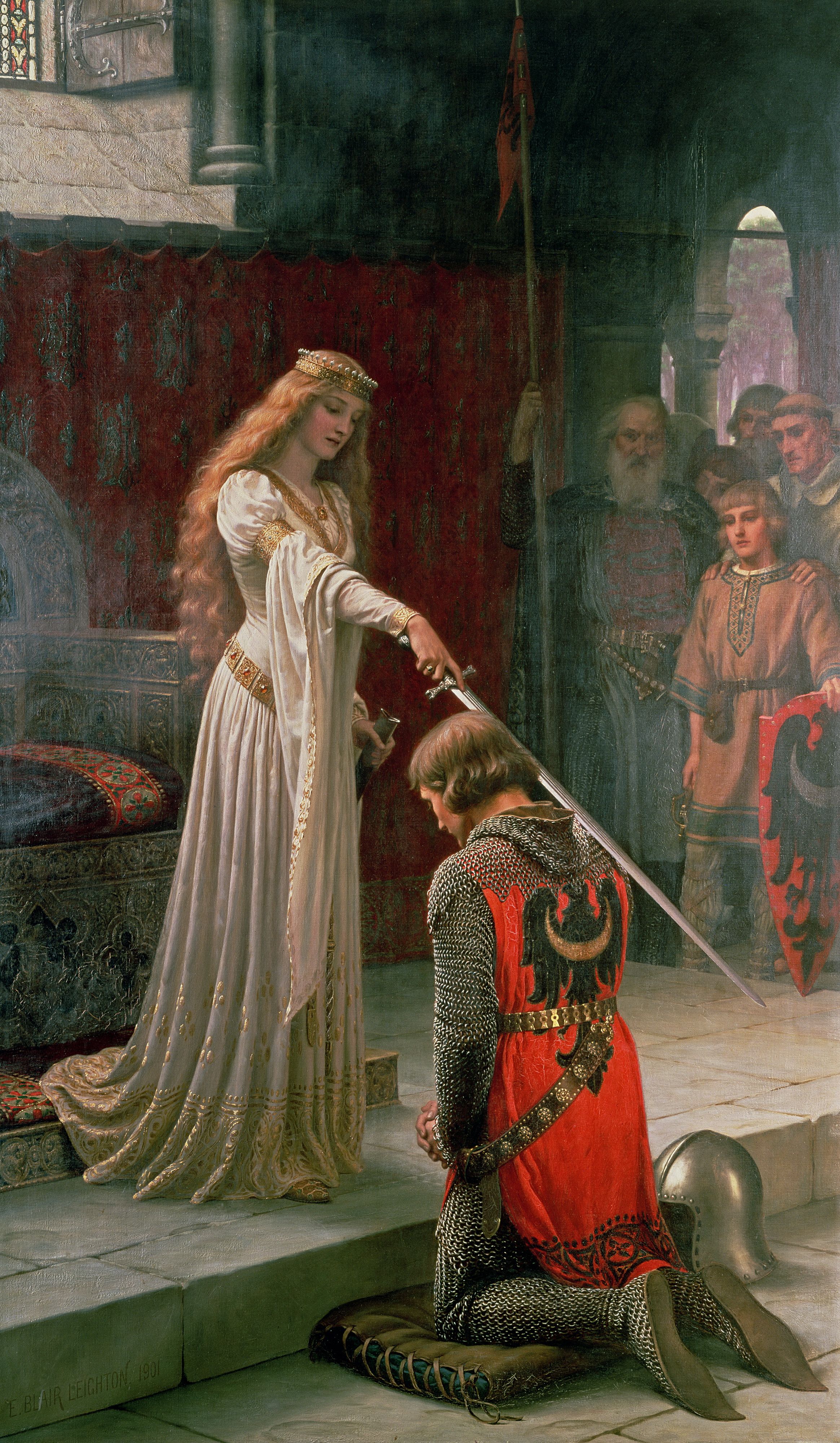
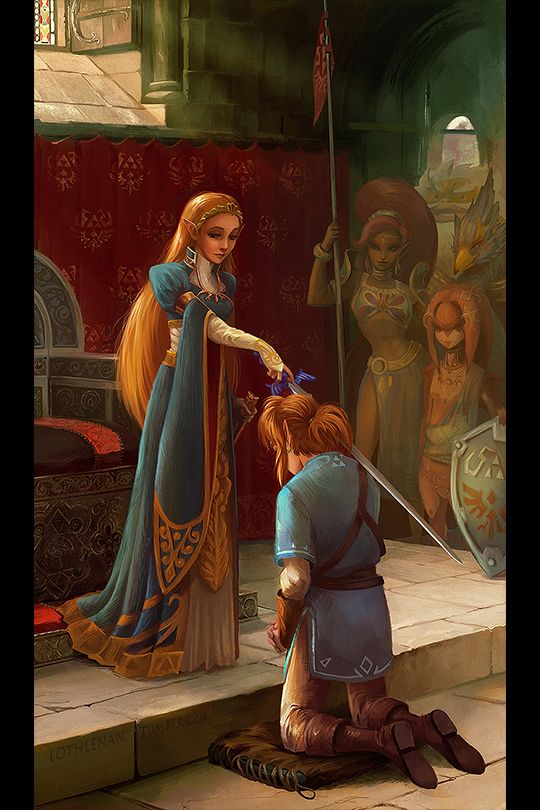
The Accolade by Edmund Leighton
The Knighting by Andrea Tamme (Lothlenan)
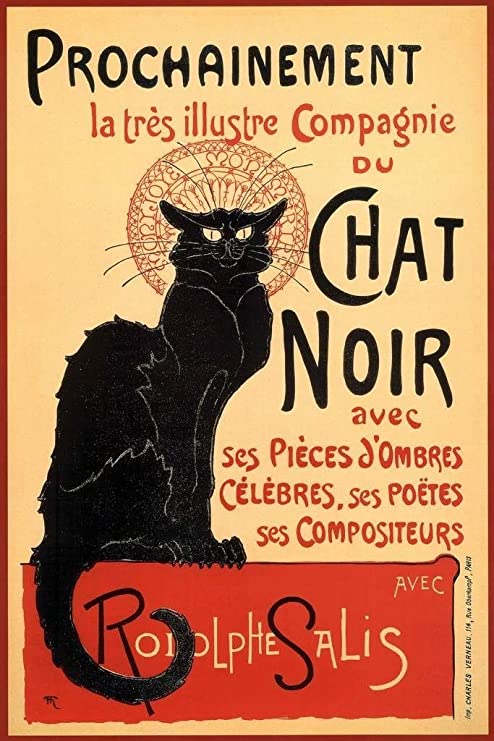

Le Chat Noir Théophile Alexandre Steinlen
Le Chat Noir with Umbreon by missypena
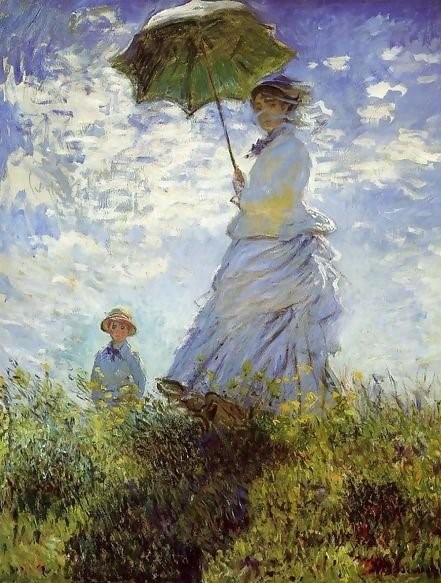
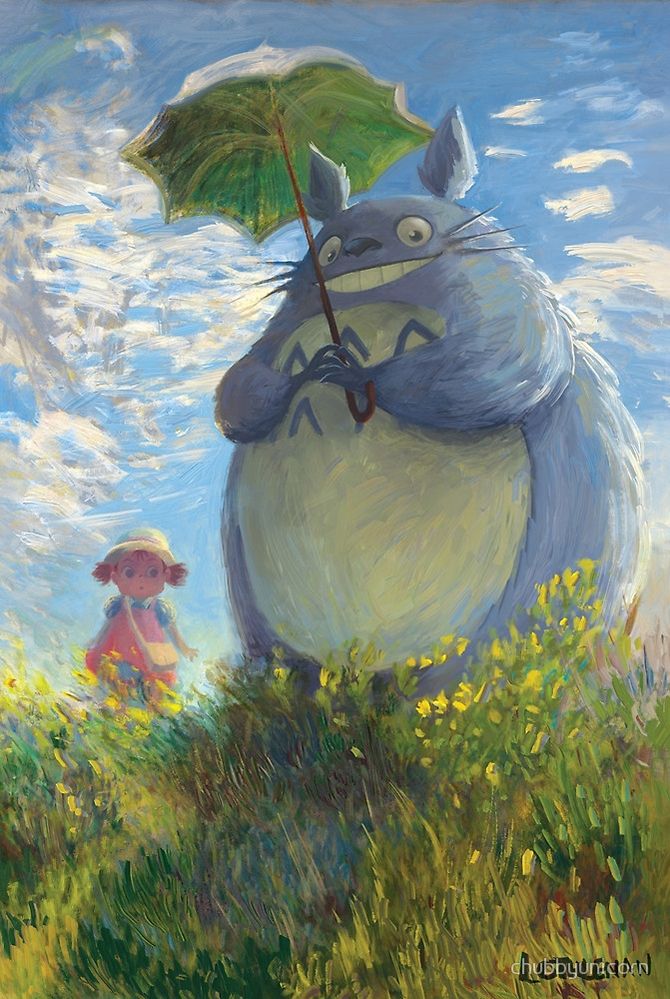
Woman with a Parasol - Madame Monet and Her Son by Claude Monet
Totoro with a Parasol by Andrea Tamme (Lothlenan)
There are many popular and prominent artists that also make fan art. For example, Julia Lepetit and Karina Farek are two prominent artists known for their illustrations. Jacob Andrews and Nathan Yaffe are well known for their cartoony illustrations and character designs.
Though they all do independent work, together these four artists have a YouTube channel called Drawfee. In this channel, they broadcast both their own unique characters as well as draw fan art, which has allowed them to build a strong community and establish a secure revenue source. In one of Drawfee’s episodes, artist Jacob Andrews talks about how drawing fan art for a show he loves, Over the Garden Wall, enabled him to feel less distressed and gave him a feeling of contentment:
“I think what I like about this piece is …I ended up defaulting to what I do best. I was like, ‘I’m not going to try anything new this time. I’m just going to do what I know I can do … draw a bunch of fun characters in fun poses looking emotive.”
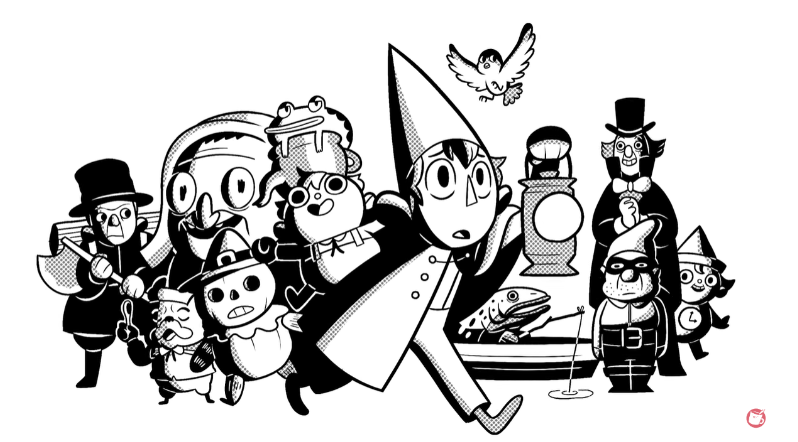
Over the Garden Wall fan art by Jacob Andrews referred to in the quote from the Drawfee episode titled: Professional Artists Draw Fan Art of Their Favorite Media (2021).
I will put a few pictures with the same subject matter together. You will pick which art piece is the original or which one is the fan art. There will always be at least two original works.
NOTE: The first set of images will not include citations or signatures of who created the image to keep the integrity of the game. The credits will be listed along with the answers at the end of the game.
Sounds fun? I hope so!
Let’s play!
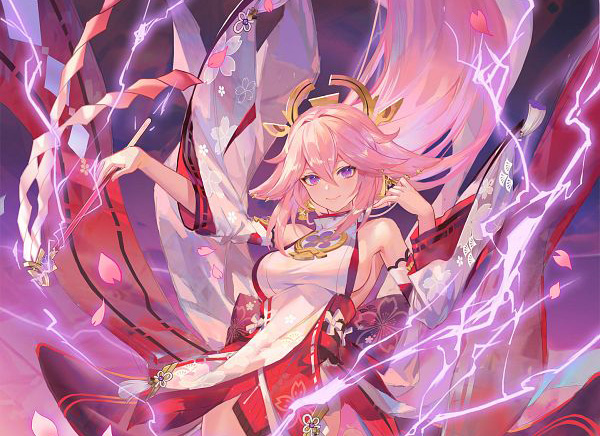
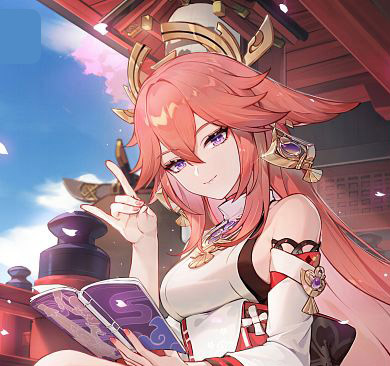
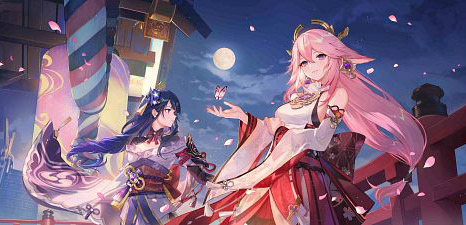
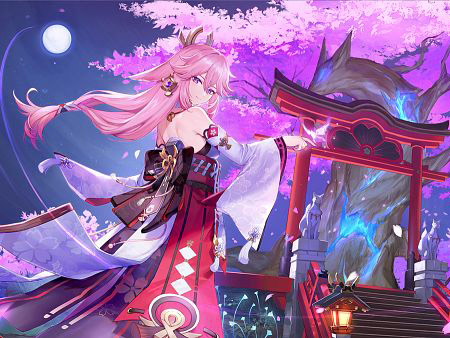
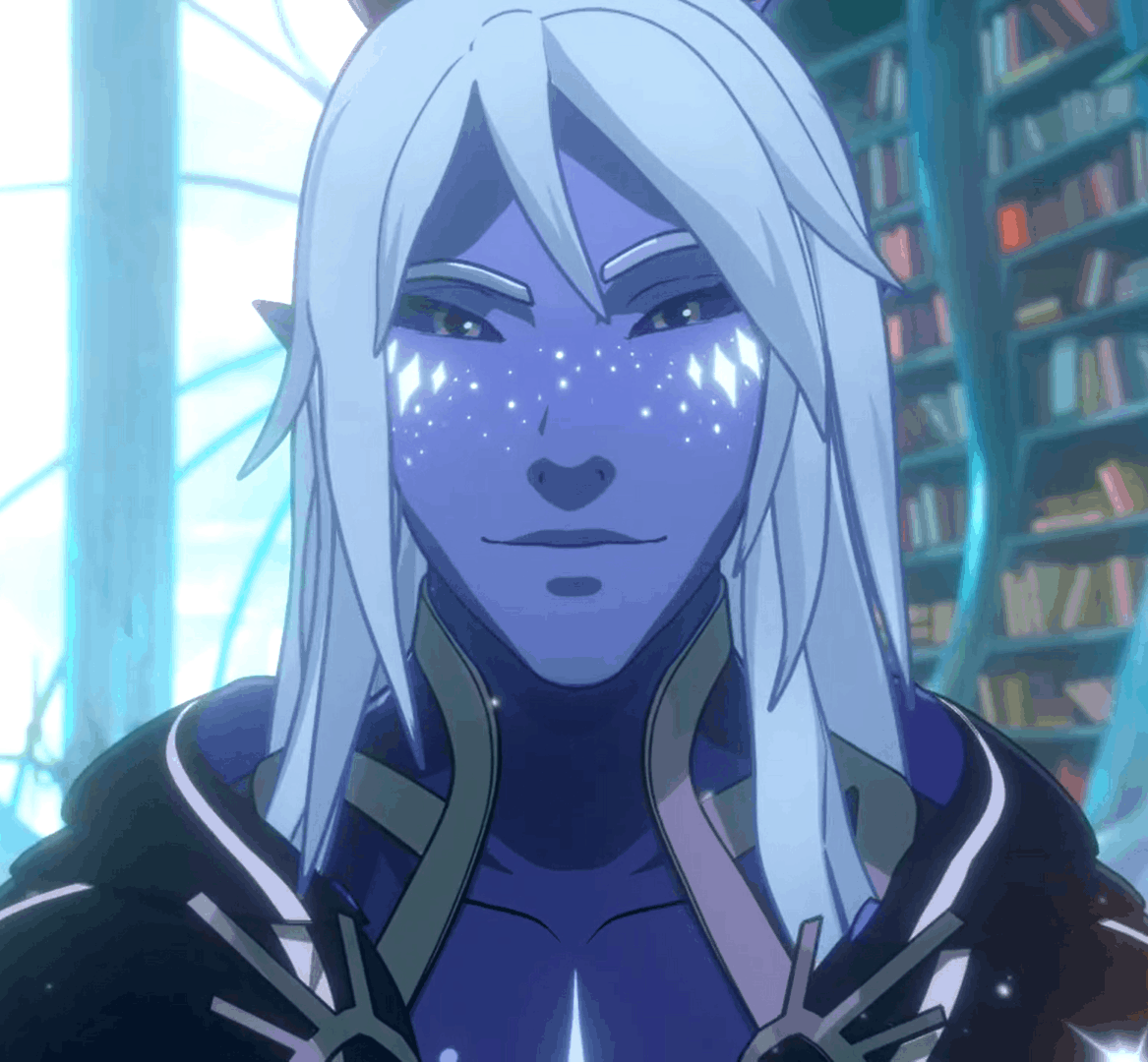
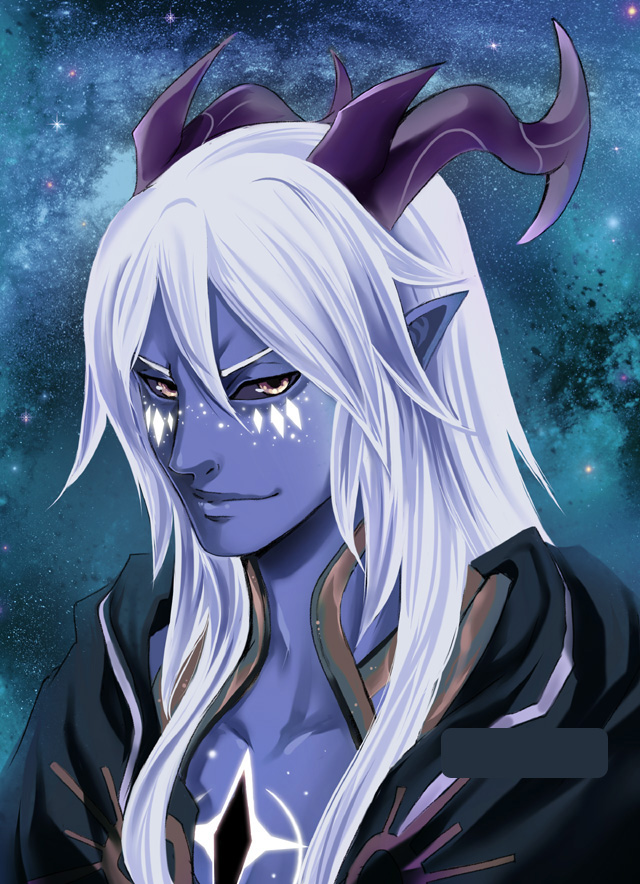
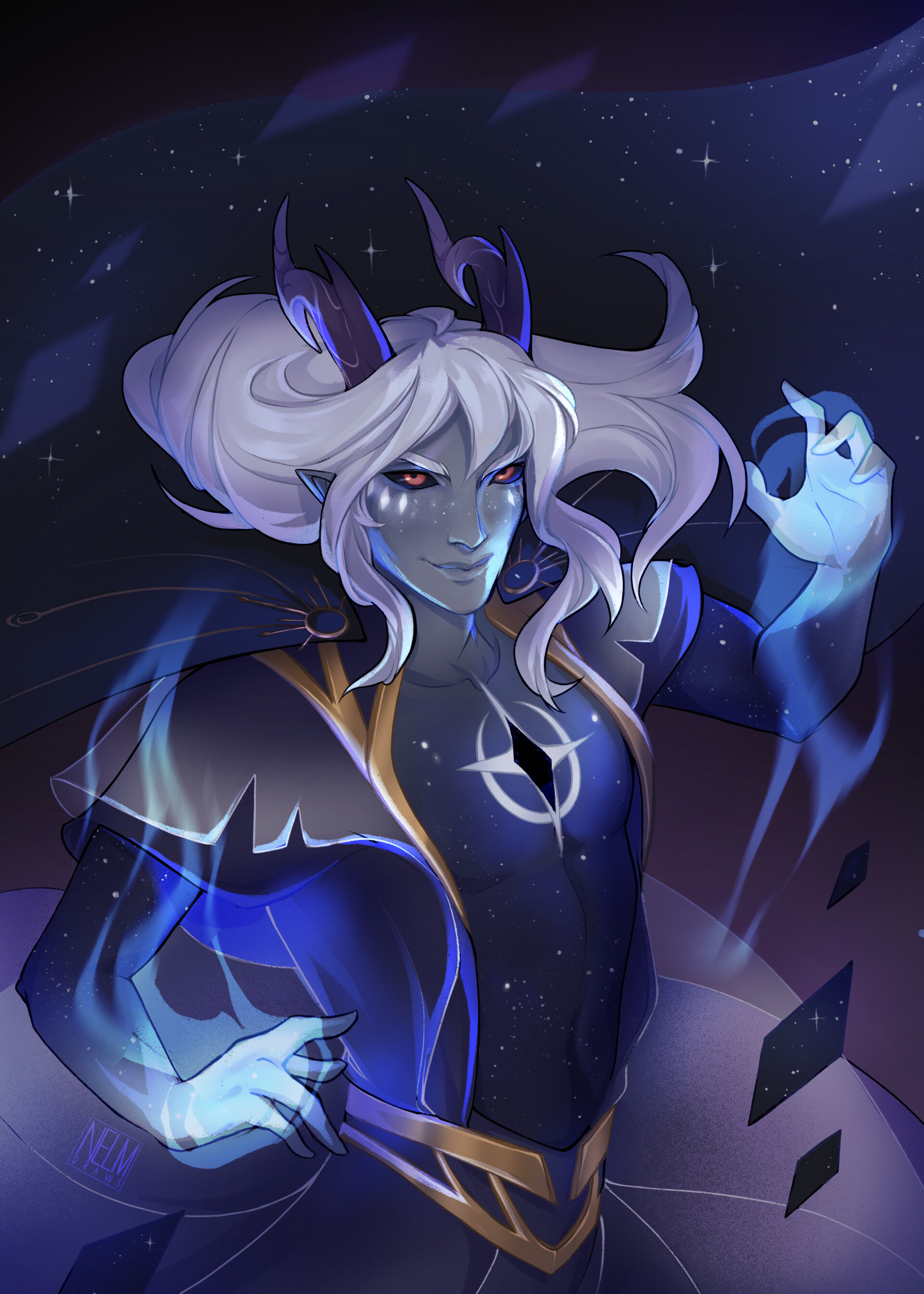
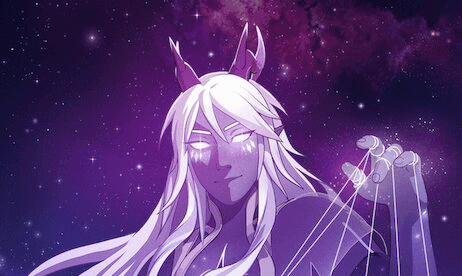
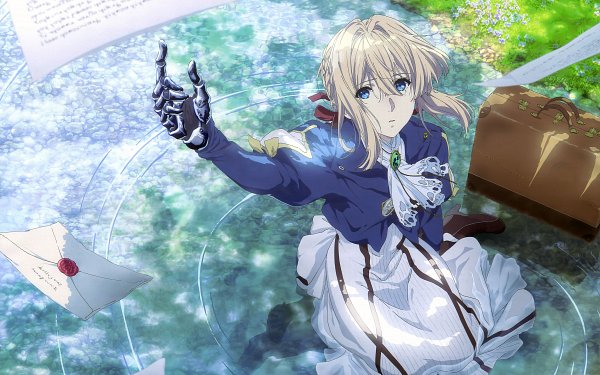
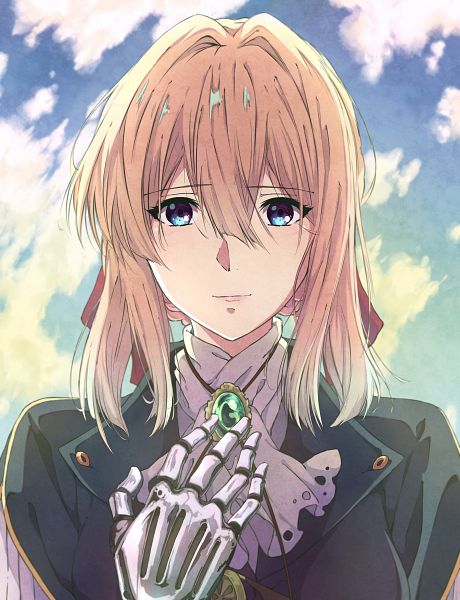






Round 1: The first piece displayed is fan art created by ATdan. The other images are official art pieces released by Genshin Impact. The represented character’s name is Yae Miko.
Round 2: The second piece is fan art created by Daisy-Flauriossa. The third piece is fan art created by Chris Nelson. The other images are official art pieces from The Dragon Prince. The represented character’s name is Aaravos.
Round 3: The second image is fan art created by kukie-nyan. The other images are official art pieces released for the show Violet Evergarden. The represented character’s name is Violet Evergarden.
Round 4: The fourth piece is fan art redraw created by Caldwell Tanner. The other images are official art pieces from artist Julia Lepetit from the Drawfee DnD segment Drawga. Tanner redrew the character to fit a new environment she was visiting in episode #6 “The Inside Job”. The represented character’s name is Rah'ōxah.
Congratulations on making it this far!
As you can see, there is a lot of bias and confusion regarding what art is and if fan art fits within that description. Hopefully, I managed to share some insight regarding fan art and its place in the evolution of what is considered ‘art’.
For reference, here is a ‘get to know you’ about me. I am a Penn State student studying two majors: Digital Arts Media and Technology (DIGIT) and Arts Administration (ARTSA) with a minor in French. Before college, I went to the Erie County Technical School (ECTS) for Art and Design for Business.
I have been an artist for a long time. I am mostly self-taught.
I have studied a lot about art history and how it has affected art and our perspective of it today.